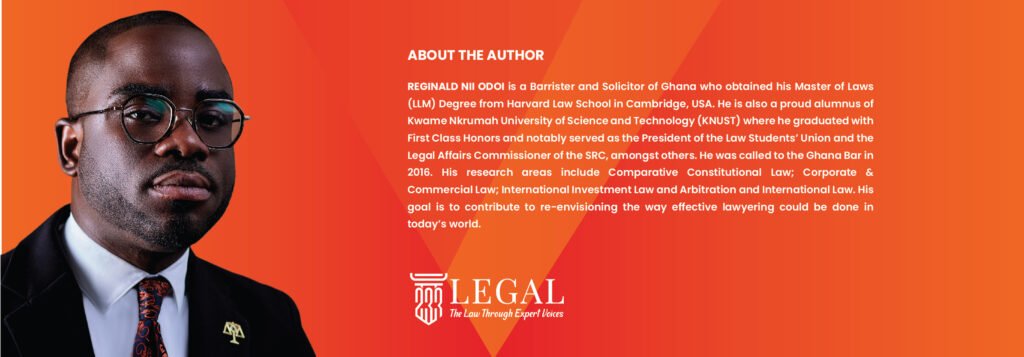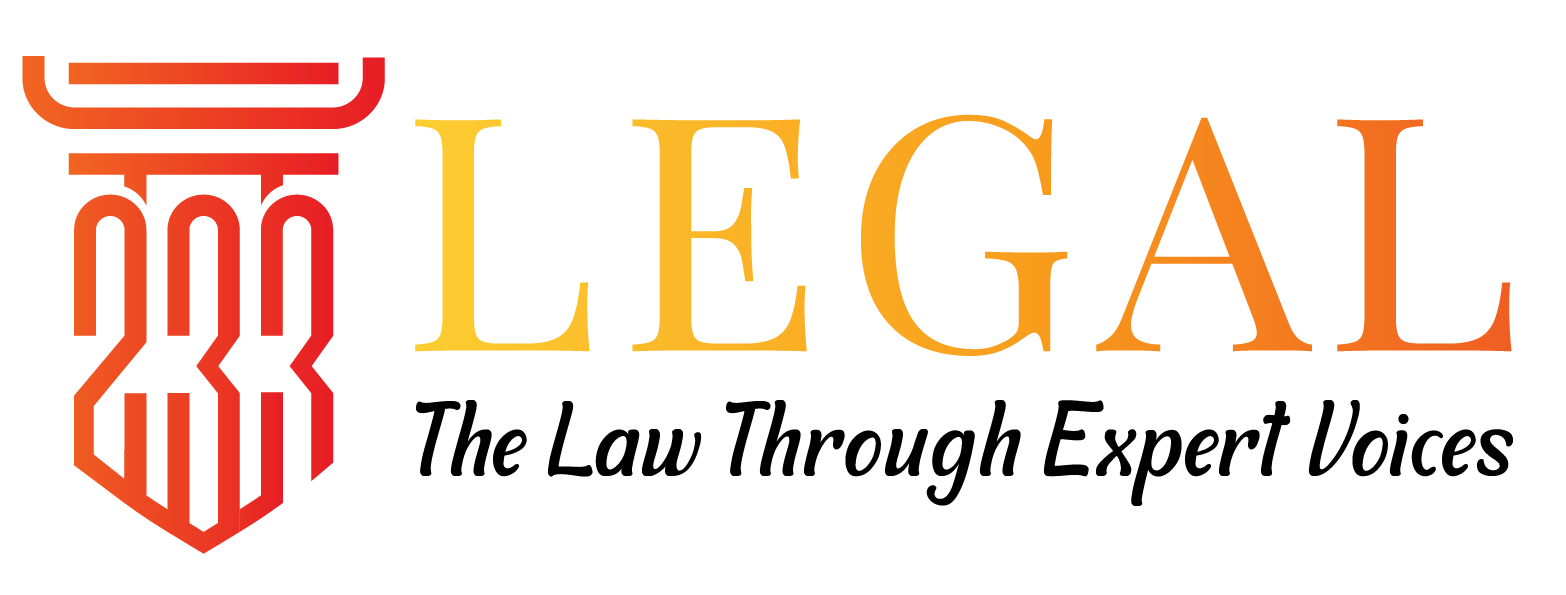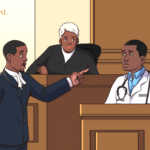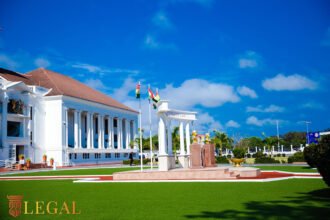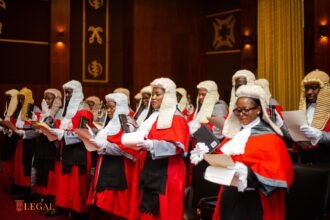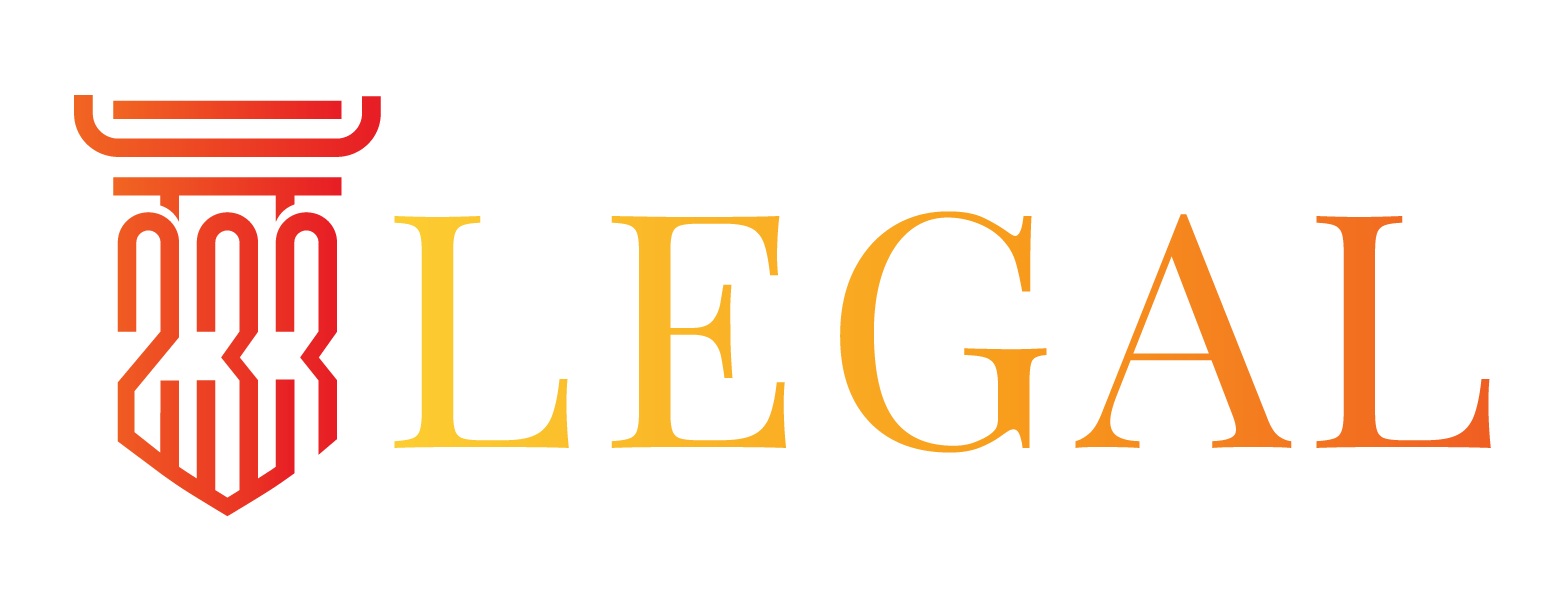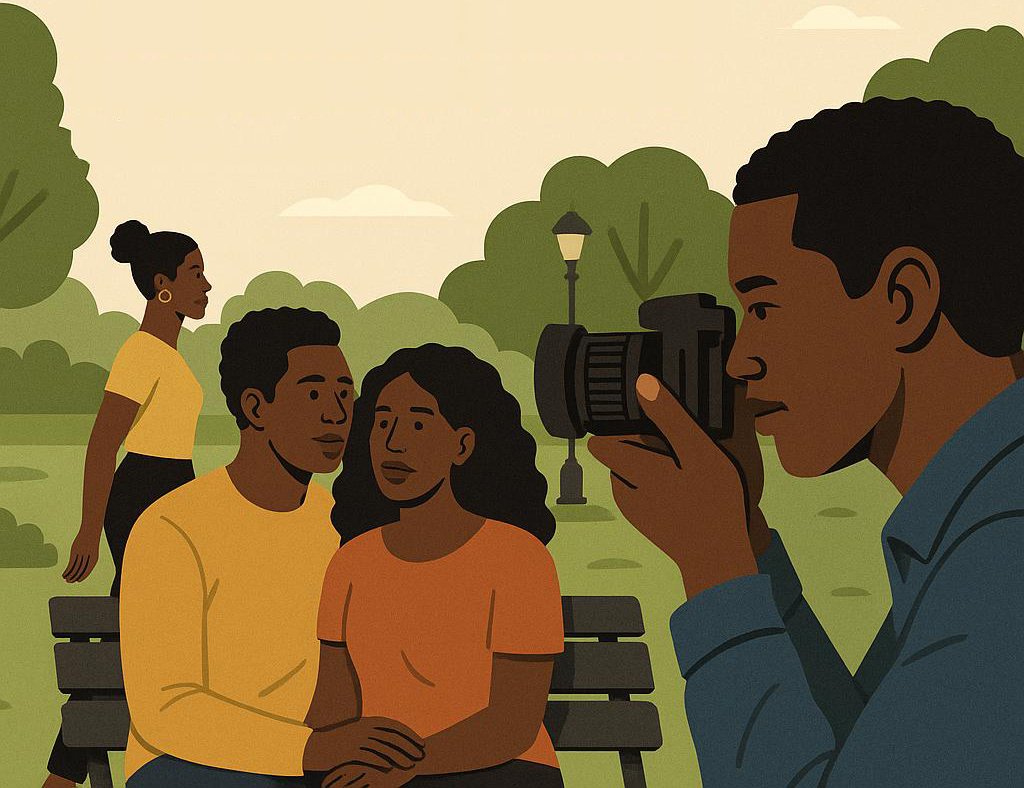

Introduction
Instantaneous photographs and newspaper enterprises have invaded the sacred precincts of private and domestic life; and numerous mechanical devices threaten to make good the prediction that “what is whispered in the closet shall be proclaimed from the house-tops.”
Privacy is an important right which involves the individual condition of life characterized by exclusion from publicity. It is a concept which has come to mean the right to enjoy life and the right to be left alone. In a digital and technological world, it involves an individual’s ability to control one’s personal life, accompanied with it, the desire to choose freely under what circumstances and to what extent one would expose oneself, attitude and behaviour to others. In every democratic state, like Ghana, the right to privacy is important as it is a necessary condition for the enjoyment of other rights and freedoms. The proliferation of smartphones, social media and advanced technological devices has transformed the way individuals capture and share images and this, no doubt, raises complex questions about the balance between the right to privacy and freedom of expression. In public spaces, this balance becomes particularly nuanced as individuals are presumed to have a diminished expectation of privacy, yet still retain certain privacy rights. This essay explores the intricate relationship between reasonable expectation of privacy and freedom of expression in the context of photography, examining the legal frameworks, ethical considerations and practical implications of capturing and sharing in public spaces.
The right to privacy in Ghanaian legal jurisprudence
Ghanaian legal jurisprudence recognizes the right of the individual to be protected against intrusion into one’s personal life or affairs by direct or physical means or by publication of information. This has been recognized as a fundamental human right as enshrined in the 1992 Constitution of Ghana and further buttressed by decisions of the Superior Courts of Judicature in Ghana. Under the 1992 Constitution, Article 18(2) provides the right to privacy as follows; “No person shall be subjected to interference with the privacy of his home, property, correspondence or communication except in accordance with law and as may be necessary in a free and democratic society for public safety or the economic well-being of the country, for the protection of health morals, for the prevention or disorder or crime or for the protection of the rights or freedoms of others.”The 1992 Constitution thus guarantees the right to privacy, in every respect, of an individual’s right to separate aspects of their private life from the public domain. The law formerly was seen to only give remedy for physical interference with life and property. Currently, privacy has become more complex than simply physical interference and thus includes digital privacy or privacy protection in the field of social media. It is one of the most widely demanded human rights in today’s world for the simple reason that advancement in information and communication technology has made it extremely easy to interfere with privacy rights.
The Supreme Court of Ghana has had occasion to pronounce on the importance of the right to privacy in Ghana. In the case of Raphael Cubagee v Michael Yeboah Suit No. J6/04/2017, the Supreme Court had this to say about privacy: “Privacy is so broad a constitutional right that it defies a concise and simple definition. It comprises a large bundle of rights some of which have been listed in the article as privacy of the home, property, and correspondence or communication…under the right to privacy is covered an individual’s right to be left alone to live his life free from unwanted intrusion, scrutiny and publicity. It is the right of a person to be secluded, secretive and anonymous in society and to have control of intrusions into the sphere of his private life…Privacy is a very important human right that inheres in the individual and ensures that she can be her own person, have self-identity and realise her self-worth. It guarantees personal autonomy for the individual and without it, public authorities would easily control and manipulate the lives of citizens and undermine their liberty.”
The Supreme Court in the Raphael Cubagee case (supra) highlighted the scope of the constitutional provision on privacy as protecting the individual against unwanted intrusion, scrutiny and publicity and further guaranteeing one’s control over intrusions into one’s private sphere. In that regard, it is only up to an individual, subject to statutory laws made for the public good, to decide if there should be any intrusion into, scrutiny or publicity of one’s private life. Furthermore, it is up to the individual to determine the extent and manner of such permitted intrusion, scrutiny or publicity. Any interference should thus constitute an unlawful intrusion and a breach of the right to privacy under Ghanaian law.
Freedom of expression in photography under Ghanaian legal jurisprudence
Freedom of expression is equally a fundamental right protected under constitutional and human rights law. The 1992 Constitution specifically Article 21(1) provides that “all persons shall have the right to freedom of…expression…” It was not lost on the framers of the constitution of Ghana how important free expression was to the development of society. This right of free expression encompasses the freedom to capture and share images, including photographs taken in public spaces. Photography serves a variety of purposes including artistic expression of one’s rights and God-given talents, journalism, documentation of public events, and social commentary. The freedom to capture and share images is essential to a functioning democracy, as it enables the dissemination of information, promotes public discourse and facilitates the expression of creative ideas.
In the case of Ghana Independent Broadcasters Association v Attorney-General and National Media Commission Writ No. J1/4/2016, the Supreme Court emphasized that freedom of expression should be unhampered except in very limited situations specifically provided for by law. Accordingly, taking photographs and videos in public is a constitutional right. This means that all individuals including journalists and photo or video artists are allowed the basic right to “shoot” anything in plain sight, even in public, and that should be legal. Just like every right, this right is not absolute and may be subject to limitations with accompanying consequences upon breach including actions for defamation, breach of privacy, harassment. More so, the use of images taken for commercial purposes comes with its own twists and dynamics and may require consent from the individuals depicted, in most instances, where the images are made to imply endorsement or association with a product or another entity or person.
Reasonable expectation of privacy and public places
The Universal Declaration on Human Rights (UDHR), Article 12 provides that no one shall be subjected to arbitrary interference with his privacy, family, home or correspondence, nor to attacks upon his honor and reputation. It further emphasizes that everyone has the right to the protection of the law against such interference. This assumes an obligation to protect the individual in the exercise of his or her right to privacy in the private domain without molestation from any other person or authority. This is the concept of reasonable expectation of privacy which is rooted in the idea that individuals have a right to control information about themselves and maintain their personal autonomy. In public spaces, however, this expectation is often diminished as individuals may be visible to others and subject to observation. In public spaces such as markets, shopping malls, public streets, and the like, individuals generally do not have a reasonable expectation of privacy regarding their physical appearance or activities that are visible to the public. This is because public spaces are open and accessible to others and individuals are reasonably expected to be seen or photographed by others.
In the US case of Katz v US 389 US 347, it washeld that the right to privacy does not apply except a person has an objective reasonable expectation of privacy and has subjectively manifested that expectation. Thus, the Katz case laid down a two-fold requirement: First, that a person must have exhibited an actual (subjective) expectation of privacy. Second, that the expectation be one that society is prepared to recognize as “reasonable.” Thus, in places where one cannot expect privacy, such as public places, the right is not available. Also, a public figure is deemed to have waived that right to privacy. Cases provide that generally a man’s home is a place where he expects privacy. However, any objects, activities, or statements that he exposes to the “plain view” of outsiders are not “protected” because no intention to keep them to himself has been exhibited. In the same vein, conversations in the open would not be protected against being overheard since any expectation of privacy under the circumstances would be unreasonable.
Thus, where a person finds oneself in a public shopping mall, for example, where an advert or a movie is being shot, and one appears in the said movie or advert, it would be unreasonable to expect privacy in such a case for which reason any action for breach of privacy would fail. This equally applies to journalists who on daily basis capture images of individuals in public spaces in order to make news or sell their stories. It would be unreasonable to expect privacy in such public space. The freedom to capture and share images derived from public spaces should be upheld within a functioning democracy mainly because individuals do not have a reasonable expectation of privacy in public spaces. That notwithstanding, it is important to highlight that certain situations even within the circumference of public space discussions may give rise to privacy concerns such as where images are used in a way that is highly offensive or damaging to the individual. In such instances, a balance needs to be struck in order to protect the parties involved.
Conclusion: Striking the right balance
The balance between reasonable expectation of privacy and freedom of expression in the context of photography raises some complex issues especially as it is context-dependent. While individuals generally do not have a reasonable expectation of privacy in public spaces, certain situations may give rise to privacy concerns. It is important to find the right balance between these competing rights through adopting a nuanced approach that considers the specific circumstances of each case. In practice, balancing privacy and freedom of expression requires consideration of various factors including the context in which the image was taken, the purpose of the photography and the potential impact of the individuals depicted. The legislature and the courts should make these factors clear so that photographers, journalists and social media users, in general, would strive to remain within the confines of the law. Even in instances where no reasonable expectation of privacy would be presumed, photographers need to still consider whether the use of an image could cause harm or distress to the individual depicted, particularly in cases where the use may seem exploitative or intrusive. Uses that perpetuates social inequalities should be avoided due to ethical concerns.
God bless!
